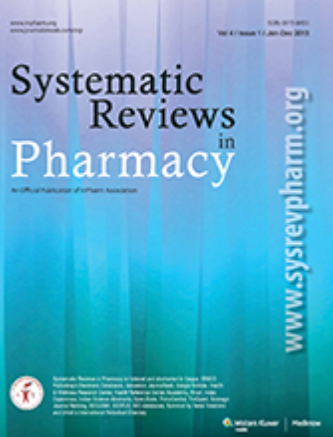جامعة الكفيل

Background: Head and neck cancer (HNC) mean a heterogeneous group of tumors in multiple anatomical sites in the head and neck structures. Radiation therapy(RT) is one of the fundamental treatment options for tumors. Saliva is a clear, mucoserous fluid produced in the mouth which determines the environment of the oral structures. Immunoglobulin A (IgA) can considered to be the major specific protection mechanism in the mouth. Aims of study: To monitor the effects of two techniques of head and neck radiotherapy on salivary flow rate (SFR) and salivary IgA. Materials and method: The study included thirty healthy individuals as control group and two patients groups with HNC: the first group consist of 30 patients treated by three dimensional conformai radiation therapy (3DCRT) and the second group also consist of the same patient's number but treated by intensity-modulated radiation therapy (IMRT)) at middle Euphrates oncology center/ Najaf-lraq. Saliva samples were collected before the first session and after the last session of RT. Results: The study shows highly significant decrease in SFR in both patients groups after finishing RT. The SFR in patients treated by IMRT is significantly higher than SFR in other group treated by 3DCRT. Salivary IgA is significantly reduced after RT, without difference statically in the level of IgA between the two patients group. Conclusion: The present study shows that head and neck RT decrease both SFR and salivary IgA, at the same time I MRT technique is better than 3DCRT in maintaining saliva secretion.

Background: Head and neck cancer (HNC) mean a heterogeneous group of tumors in multiple anatomical sites in the head and neck structures. Radiation therapy(RT) is one of the fundamental treatment options for tumors. Saliva is a clear, mucoserous fluid produced in the mouth which determines the environment of the oral structures. Immunoglobulin A (IgA) can considered to be the major specific protection mechanism in the mouth. Aims of study: To monitor the effects of two techniques of head and neck radiotherapy on salivary flow rate (SFR) and salivary IgA. Materials and method: The study included thirty healthy individuals as control group and two patients groups with HNC: the first group consist of 30 patients treated by three dimensional conformai radiation therapy (3DCRT) and the second group also consist of the same patient's number but treated by intensity-modulated radiation therapy (IMRT)) at middle Euphrates oncology center/ Najaf-lraq. Saliva samples were collected before the first session and after the last session of RT. Results: The study shows highly significant decrease in SFR in both patients groups after finishing RT. The SFR in patients treated by IMRT is significantly higher than SFR in other group treated by 3DCRT. Salivary IgA is significantly reduced after RT, without difference statically in the level of IgA between the two patients group. Conclusion: The present study shows that head and neck RT decrease both SFR and salivary IgA, at the same time I MRT technique is better than 3DCRT in maintaining saliva secretion.